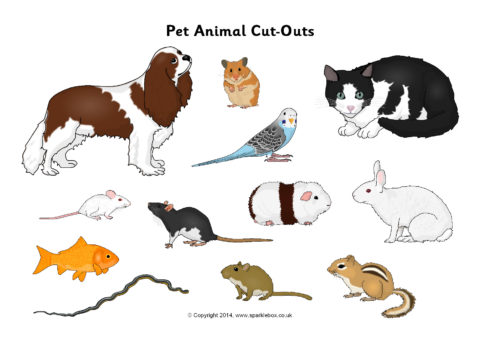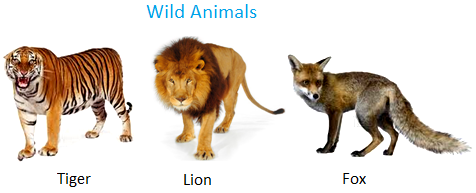How the 12 Animals Were Selected For Chinese New Years and Astrology!
 The Chinese Calendar’s 12 Animal Cycle (2008-20): 2008 Rat, 2009 Ox, 2010 Tiger, 2011 Rabbit/Hare, 2012 Dragon, 2013 Snake, 2014 Horse, 2015 Sheep, 2016 Monkey, 2017 Rooster/Chicken, 2018 Dog, 2019-20 Pig.
The Chinese Calendar’s 12 Animal Cycle (2008-20): 2008 Rat, 2009 Ox, 2010 Tiger, 2011 Rabbit/Hare, 2012 Dragon, 2013 Snake, 2014 Horse, 2015 Sheep, 2016 Monkey, 2017 Rooster/Chicken, 2018 Dog, 2019-20 Pig.
A puzzle to many in the West. At last, the ‘true’ explanation of how the twelve Animals of Chinese New Years were incorporated into the Chinese Calendar, New Years and Astrology!
Animal Olympics
These were held long-ago to determine which animal should start the 12-Year Cycle and comprised a race, plus a raging river-crossing, before a sprint home. Smart Rat met the Cat (Tiger) the day before and gave the wrong start time. Rat then sneaked a ride and crossed the river on powerful Ox’s back, before dashing over the finish line First (Ox came Second). The furious Tiger, arriving late for the race, came Third and has been chasing the Rat ever since! Lucky Rabbit found some stepping-stones and arrived next, in 4th place.
Enter the Dragon
The Dragon/’Lung’ arrived next. Returning from making rain, Lung noticed Rabbit trying to cross a river using stepping-stones. The last stone was missing but Rabbit couldn’t see the attempt was doomed. Noble Dragon paused and used his mighty breath to blow a log into position, allowing lucky Rabbit to cross. Commended for such noble altruism, Dragon was awarded 5th place.
The Horse pounded powerfully towards 6th place without noticing Snake wrapped around a foreleg. Near the finish line, Snake jumped off and Horse reared up and leaped backwards in surprise. Taking advantage of this, Snake crossed the finish-line before Horse and so the two were awarded 6th and 7th place, respectively.
Chicken on a Raft
Goat, Monkey and Rooster suddenly arrived all-at-once, in a group. Rooster had found a raft but couldn’t move it until Goat arrived and started to push. Monkey then appeared and helped launch the craft on which all three crossed successfully together. Congratulated for their team-work, Goat, Monkey and Rooster were awarded 8th, 9th and 10th place, in that order.
Appearing on the scene next was Dog, looking smart and frisky. The river water was so clean and clear that dog couldn’t resist taking a bath in it, but still achieved 11th place. Finally, with an amiable grunt Pig arrived. Stopping to eat on the way, Pig felt tired after the meal and fell asleep and so was consequently awarded 12th and last place in the Chinese Zodiac!
Chinese New Year Hint!
Hard to remember the 12 Animals, let alone their correct sequence? Learn this story and you will know both in a very short time. Children, too, can benefit from learning this traditional tale, considering the list and sequence it contains.
In Fact
The Chinese Calendar in its current form goes back to the time of the Yellow Emperor, Huang Di (circa 2,690-2,590 BC) who is credited with its inception in its present form, although it is certain it was in use before. Yin/Yang and 5 Elements Theory, fundamentally affecting the way the Calendar operates (1),(2) are also credited to the Yellow Emperor and exert powerful influences on events to this day. Dragon Year 2012-13 is Year 4,709 according to this Calendar, which is also used by many other countries of S.E. Asia!
Notes
(1) See ‘Yin-Yang Aspects of Rabbit, Dragon, and Snake Years (2011-14)’ EzineArticles, for details of Yin/Yang influences on Animal Years.
(2) ‘China’s 5 Elements, Pentagram and Pentagon–Influential Originals!’, EzineArticles, provides information regarding the ‘Famous Five’.…

 Exercise is a major part of our dogs? lives.
Exercise is a major part of our dogs? lives. Frontline Plus for cats
Frontline Plus for cats  Dogs, as it is often said, are a man’s best friend. But whilst they may indeed be a very loving and loyal companion to have around, the large proportion of cat owners in the UK would probably argue that their moggy is every bit as faithful a friend, and also a fully integrated member of the family unit.
Dogs, as it is often said, are a man’s best friend. But whilst they may indeed be a very loving and loyal companion to have around, the large proportion of cat owners in the UK would probably argue that their moggy is every bit as faithful a friend, and also a fully integrated member of the family unit.